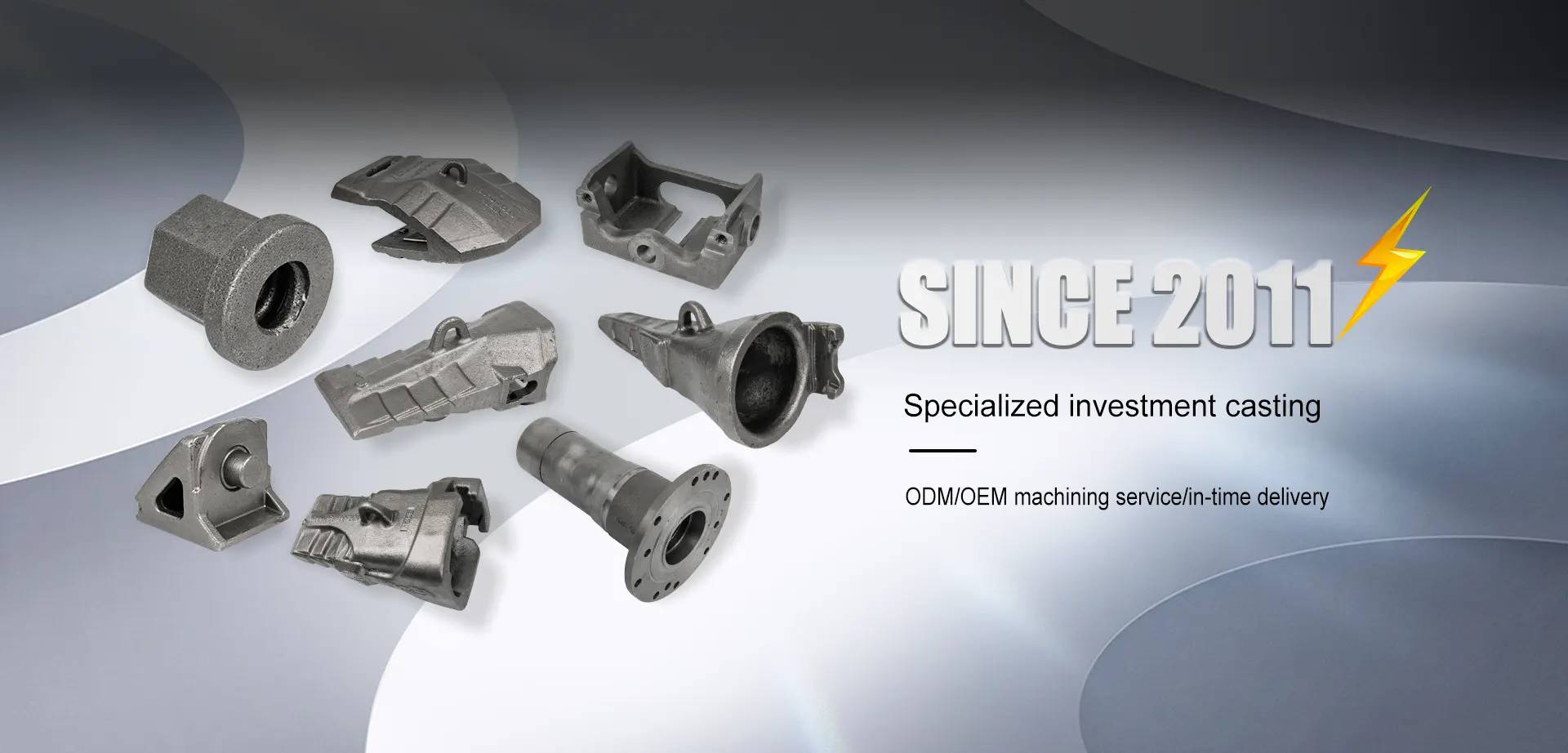The development history of lost foam casting
2023-10-17
Do you know what "lost foam casting" is? And how it develops in other parts of the world.
The process of bonding and combining paraffin or foam models similar in size and shape to castings to form a model cluster is known as lost foam casting (also known as solid casting). It is buried in dry quartz sand for vibration molding after being brushed with refractory paint and dried. The model is vaporized during down pouring, and the liquid metal fills the model's position before being solidified and cooled to form a new casting method.
H.F.shroyer of the United States invented and received a patent for the patented technology of making metal castings with expandable foam patterns in 1958. (patent number USP2830343). To create art castings, the original forms were machined from polystyrene (EPS) sheets and molded in clay sand. The shape of the foam plastic does not need to be removed after using this molding method, but after the liquid metal is poured, the polystyrene is molecularly cracked at a high temperature to allow the space to be filled with molten metal, and the casting is formed after solidification. In 1961, the German companies Grunzweig and Harrtmann purchased this patented technology in order to develop it, and it was first used in industry in 1962.H.Nellen of Germany and T.R.Smith of the United States patented the technology of producing castings with binder-free dry sand in 1964.
A. Wittemoser of Germany used a magnetic force field as a "binder" instead of silica sand as the modeling material in 1967. This is the so-called "magnetic casting". Nagano invented the V method (vacuum casting method) in Japan in 1971, and lost foam casting also used vacuuming to fix the molding sand in many places. Before 1980, the use of the binderless dry sand process required approval from the "Full Mold Process, Inc" in the United States. The patent is then rendered null and void. Lost foam casting technology is used all over the world and is rapidly developing.
General Motors of the United States established a new foundry in Saturn in 1990, with an annual output of 55,000 tons and three fully automatic lost foam casting production lines.
The Italian Fiat Company built the largest lost foam production workshop in Europe, with an annual output of 15,000 tons, in Turin in 1991.
In 1993, the German BMW company constructed a lost foam production line capable of producing 200,000 aluminum alloy cylinder heads of various specifications per year.
In 2001, General Motors of the United States' SMCO built the world's most advanced and largest foam foundry.



